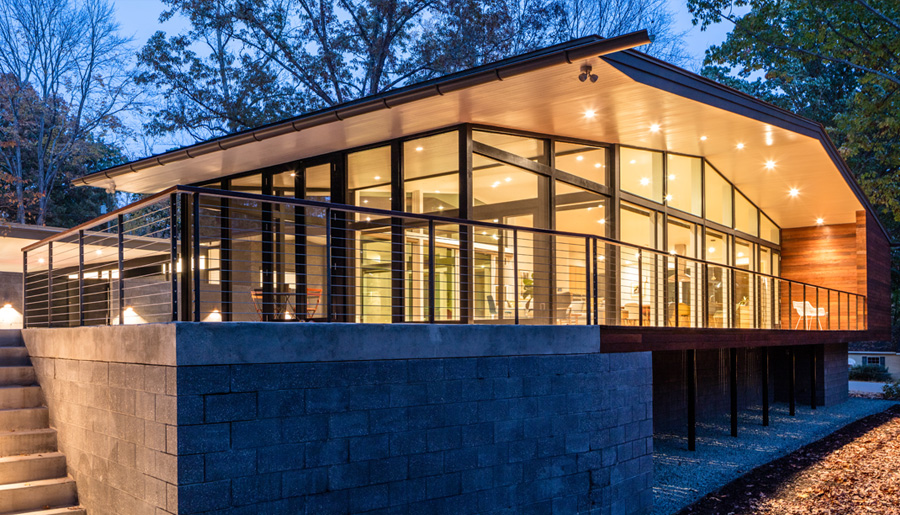Most builders still use the prescriptive path for energy code compliance, but a growing number are switching to the performance path and seeing savings.
Most builders use the prescriptive path to comply with energy requirements since it seems easier to use particular parts as specified in the regulations. But builders who choose the performance path can calculate the whole building energy efficiency to comply with regulations, freeing them up to choose different components. Many who make the change find that they can save money with the performance path.
With great software simulation tools like Ekotrope, REScheck, or REM/Design on the market, it is getting easier to change over to the performance path. These tools then estimate the home’s annual energy use to make sure it is at or below what the regulations require. Letting the computer help you figure out the best options for a project can save a lot of headaches.
Flexibility and creativity
When you use the prescriptive path, you are forced to use the approved components for each part of the design. With the performance plan, since you are looking at overall energy efficiency, your design can use a wider variety of individual components. This frees up the creative process and gives many more options at the design stage.
“We’ve been successful at moving every builder we work with to the performance path,” says Robby Schwartz, principal at EnergyLogic, a Colorado energy consultancy. “We show them the most cost-effective ways to meet the code’s intent and help them change their specs to get there.”
Cost savings
The performance path lets you model different combinations of options to see which set of materials will be the most cost-effective for the project. By substituting out different components while maintaining the overall rating for the building, you can compare costs to find the best selection of parts to make the building operate as an energy-efficient system.
“We model everything,” says Gaithersburg, Maryland, architect John Spears, who uses REM/Design. He says the software lets him plug in different choices, like using a better window, and he can then compare the savings to the upgrade cost.
More easily comply with increased requirements
Regulations on energy efficiency are changing all the time. It’s hard to keep up with all the specifics. When you are looking at the whole building as a system, you will need a planning process that uses software optimized for the purpose. This will make it much easier to follow new energy efficiency requirements and make sure your plans comply with the law. This can save you costs down the road in possible redos.
“There’s a movement toward more of a performance approach,” says Jason Kantola, coordinating certification manager with JELD-WEN. “For instance, British Columbia is already performance path only, and California seems to be trending in that direction. I wouldn’t be surprised if other states and provinces follow.”
But just because your modeling shows you comply for permitting purposes, that is not the end of the road. You still need to have inspections that verify your build abides by the plans. And the occupancy permit will still require final testing—specifically, blower door and duct leakage tests.
“We’ve seen savings of up to 4 percent in construction costs after factoring in our fees,” Schwartz says. Even with some added costs up front to switch over, builders can see added profits by using the performance path to code compliance.
For assistance with your projects, including code compliance, visit JELD-WEN’s professional portal.



